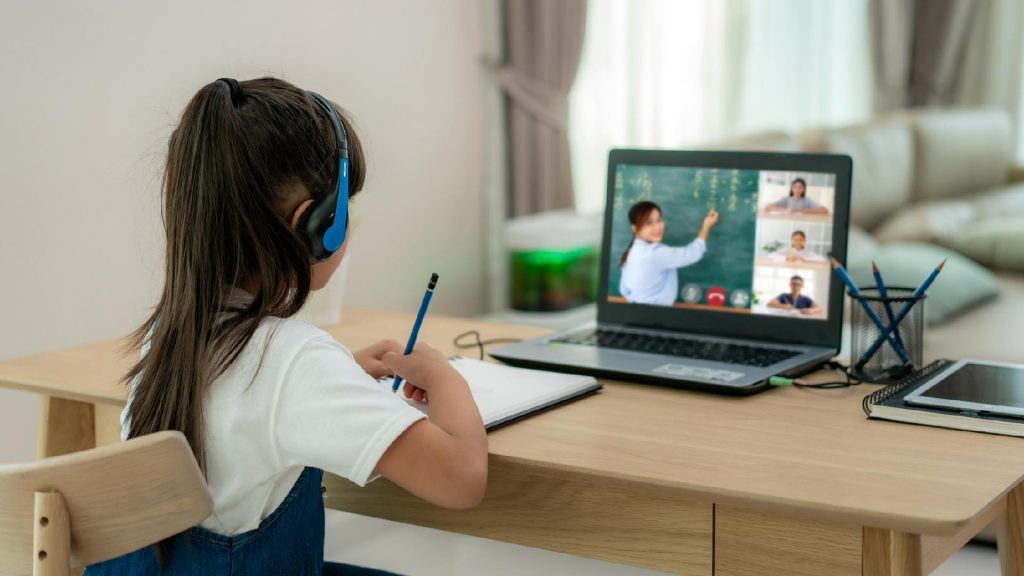The shift to remote learning has brought significant changes to education worldwide, prompting a reassessment of its long-term impact on students and educational institutions.
Impact on Students
- Flexibility and Accessibility: Remote learning has offered flexibility, allowing students to learn from anywhere with an internet connection. This accessibility has benefited those with disabilities or in remote areas.
- Challenges of Engagement: Many students have faced challenges in staying engaged without face-to-face interaction with teachers and peers. This has highlighted the importance of interactive and engaging online learning platforms.
- Learning Disparities: The transition to remote learning has exacerbated existing disparities. Students from low-income households may lack access to necessary technology or a conducive learning environment.
Impact on Educational Systems
- Technological Integration: Schools have accelerated their adoption of technology, integrating digital tools into curriculum delivery and administrative processes.
- Teacher Training Needs: Educators have needed to quickly adapt to online teaching methods, requiring additional training and support in digital pedagogy.
- Long-Term Structural Changes: Educational systems are reevaluating traditional classroom models and exploring hybrid learning approaches that combine in-person and online instruction.
Future Outlook
As we look ahead, understanding the lasting effects of remote learning is crucial. Schools and policymakers must address digital equity issues, enhance teacher preparedness for online education, and innovate in educational delivery methods to meet the evolving needs of students in a post-pandemic world.


